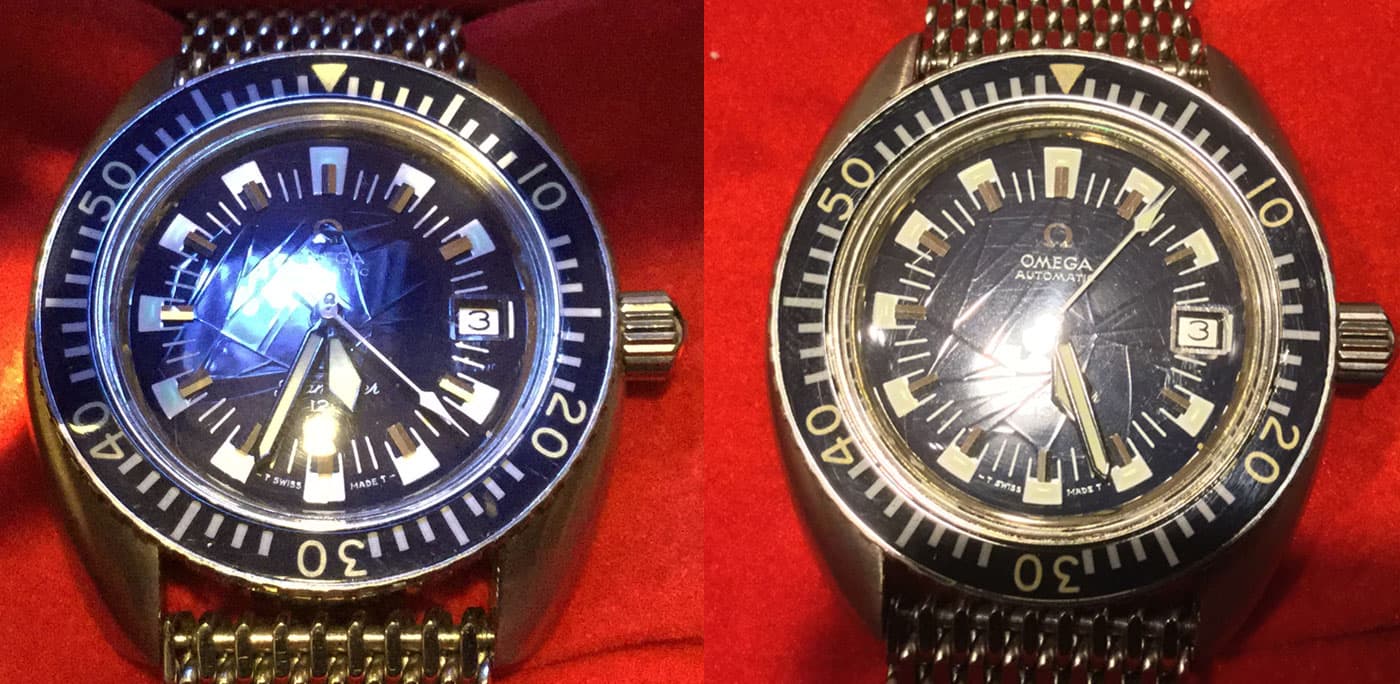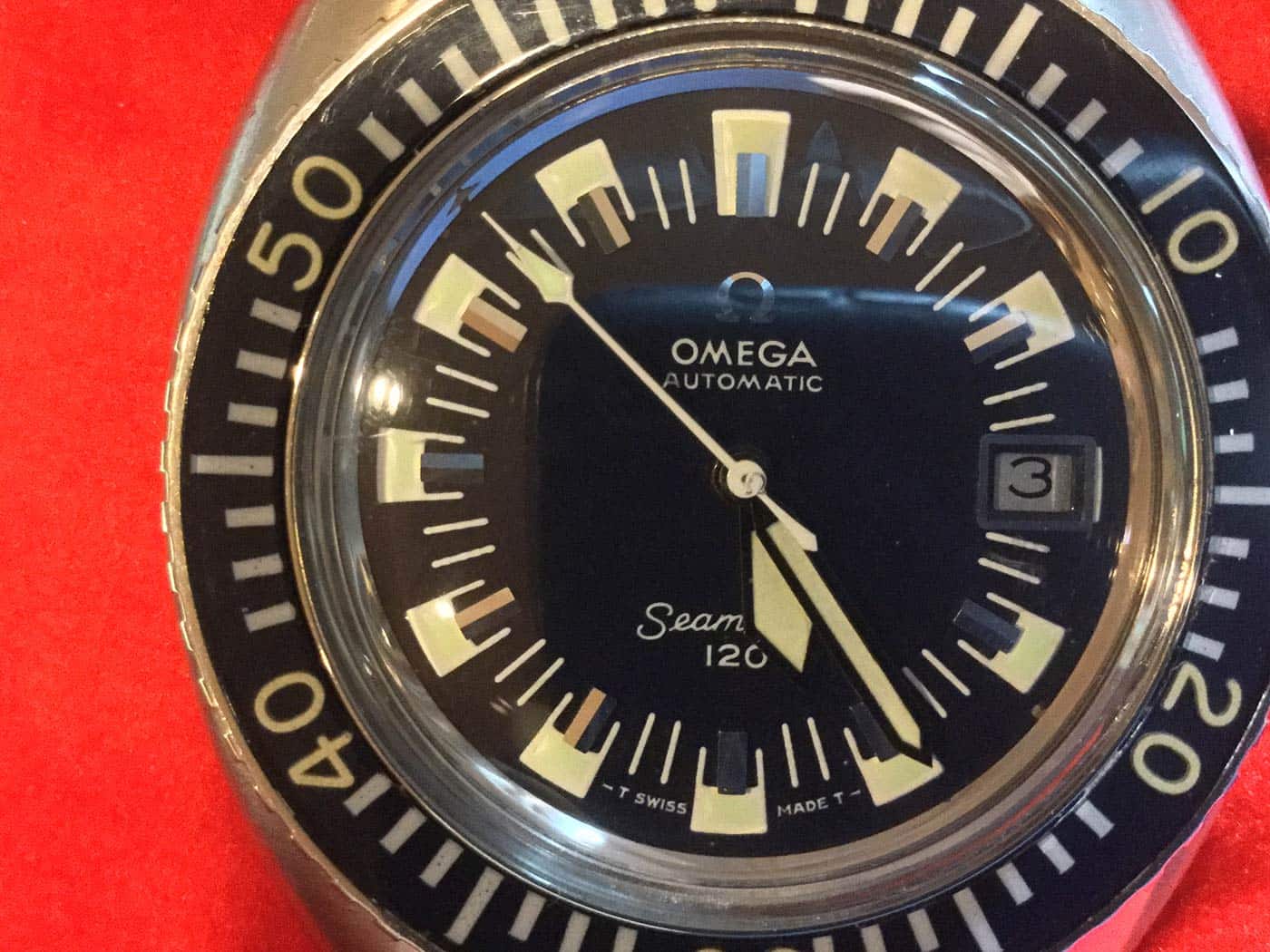Watches & Pencils #17 – Spider Dial
After the last Watches and Pencils episode about Panda dials I decided to briefly discuss another dial which is related to an animal: spider dials. Although there are similarities they are quite different in terms of ‘creation’. The human decided to design and create a panda dial, while the spider dial is (partly) created by the forces of nature…

How did the spider dial originate?
Roughly in the 1980’s several brands delivered watches with dials that would ‘crack’ after time. Often they altered the dial from a matt finishing to one with gloss finishing with an extra layer of shiny lacquer. Due factory defects (wrong mixtures in the lacquer) and weather conditions (sunlight, temperature changes, etc.) the dial lacquer cracked and the spider dial was born. Although most people only know Rolex examples of the spider dial, there are other brands that also were affected by the ‘spider’. Omega and Cartier for example. This underlines the fact that brands did get there dials or dial components from the same supplier at that time. Some famous Rolex references are: Rolex GMT 16750, Rolex Submariner 16800 and 5513.
Spider Dial – the less beloved ‘error’?
When talking about tropical dials, ghost bezels or patina the majority of the collectors gets excited. But with the spider dial it’s a whole different story.
Everybody acknowledges their existence, but there is less interest in these unique pieces. Why? I guess the cause lies in the overall negative imago on the internet. The leading [on-line] magazines and communities don’t pay much attention to these ‘broken’ watches. This doesn’t put the spider dial in the spotlights, which is an important factor for many watch enthousiasts. If you read some posts on watch forums the majority does not like the spider dial, for whatever reason. But, whether you like it or not, it is an important part of watch history. It probably was a good boost to investigate and improve watch dials and their components. It is one of the reasons why the watch industry creates such beautiful and durable dials these days. Mostly, without errors.

Credit to Gemini4 @ Omegaforums.net
Dynamic
As said, there are more spiders than just the Rolex examples. Above a vintage Omega Seamaster 120 (reference 166.073). In different angles and light conditions it will dynamically reveal some ‘strings’ of the web. This makes it quite interesting to go on an exploration and find all the strings and patterns. In the last photo you will see that it is even possible to hide the web in the same light and a 90 degree angle.

Where is the web? Credit to Gemini4 @ Omegaforums.net
Questions and conclusion
As you can see from an observational point of view it can be quite an interesting error. Since it is a difficult effect to reproduce, some say it is an easy way to determine the authenticity of a watch dial. Also if you think that watches are the only objects which suffer from lacquer cracking you’re wrong. For example, some acoustic guitars also have lacquer applied which will crack through time (click here for some pictures via Google Images). What do you think of the spider dial? Do you have additions or more information? Please let us know in the comment-section below!
Some extra random links to past forum discussions about the Spider dial:
See you next time and watch out for spiders!
